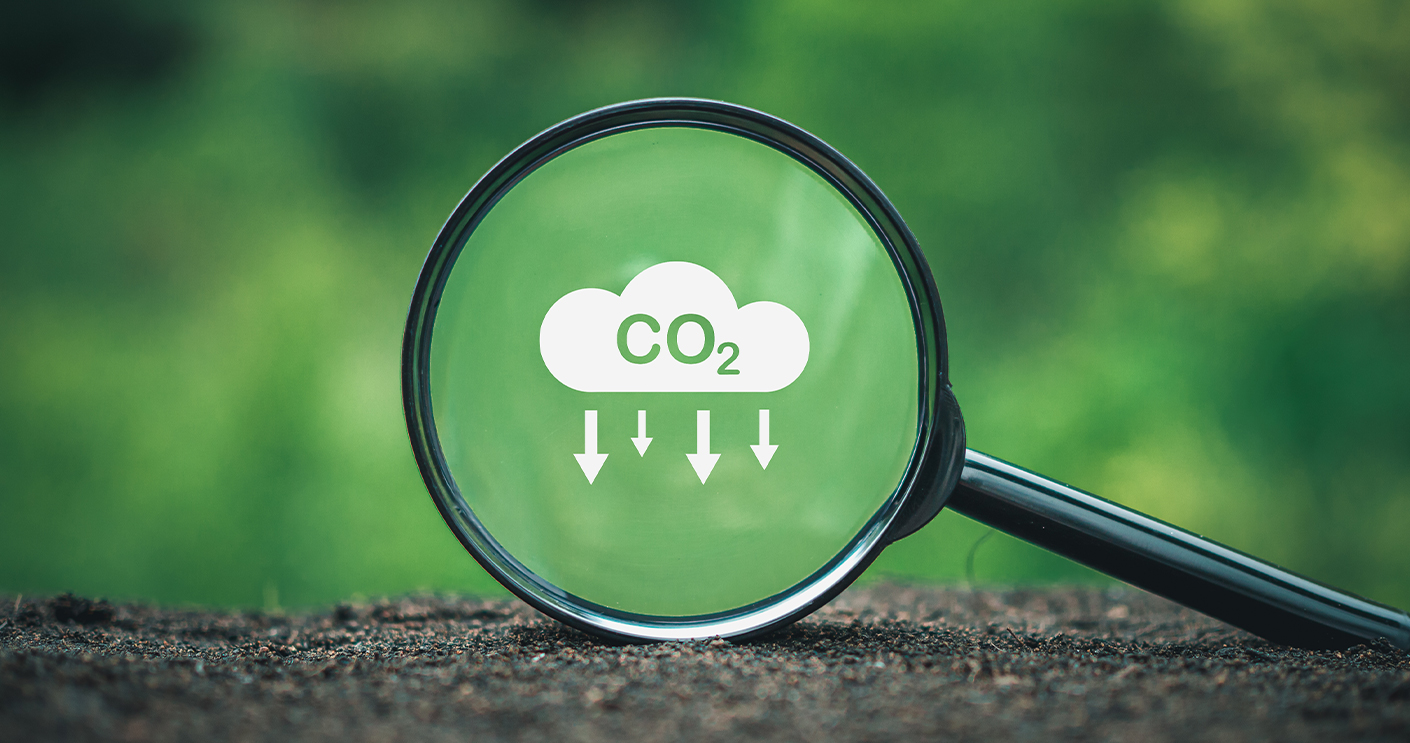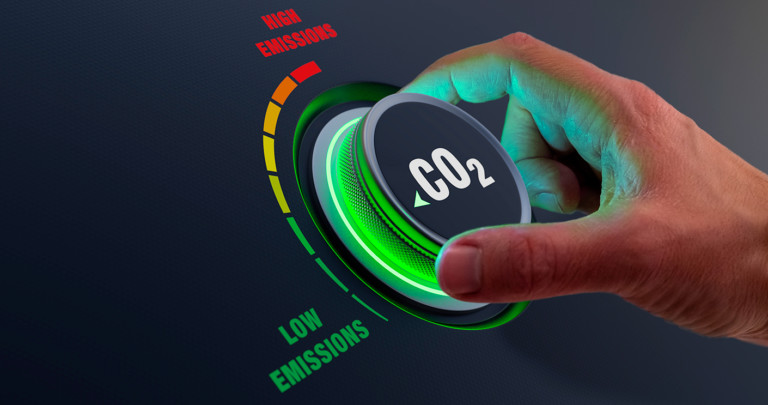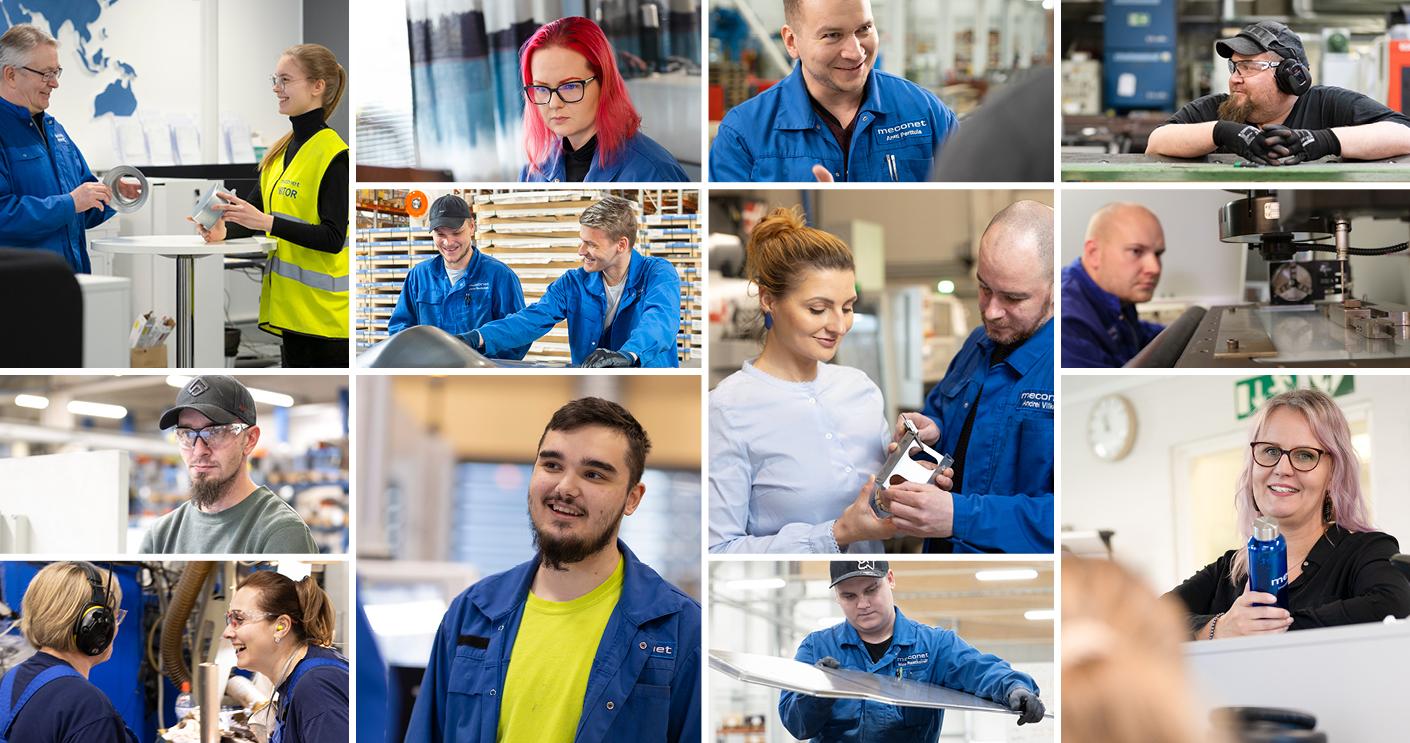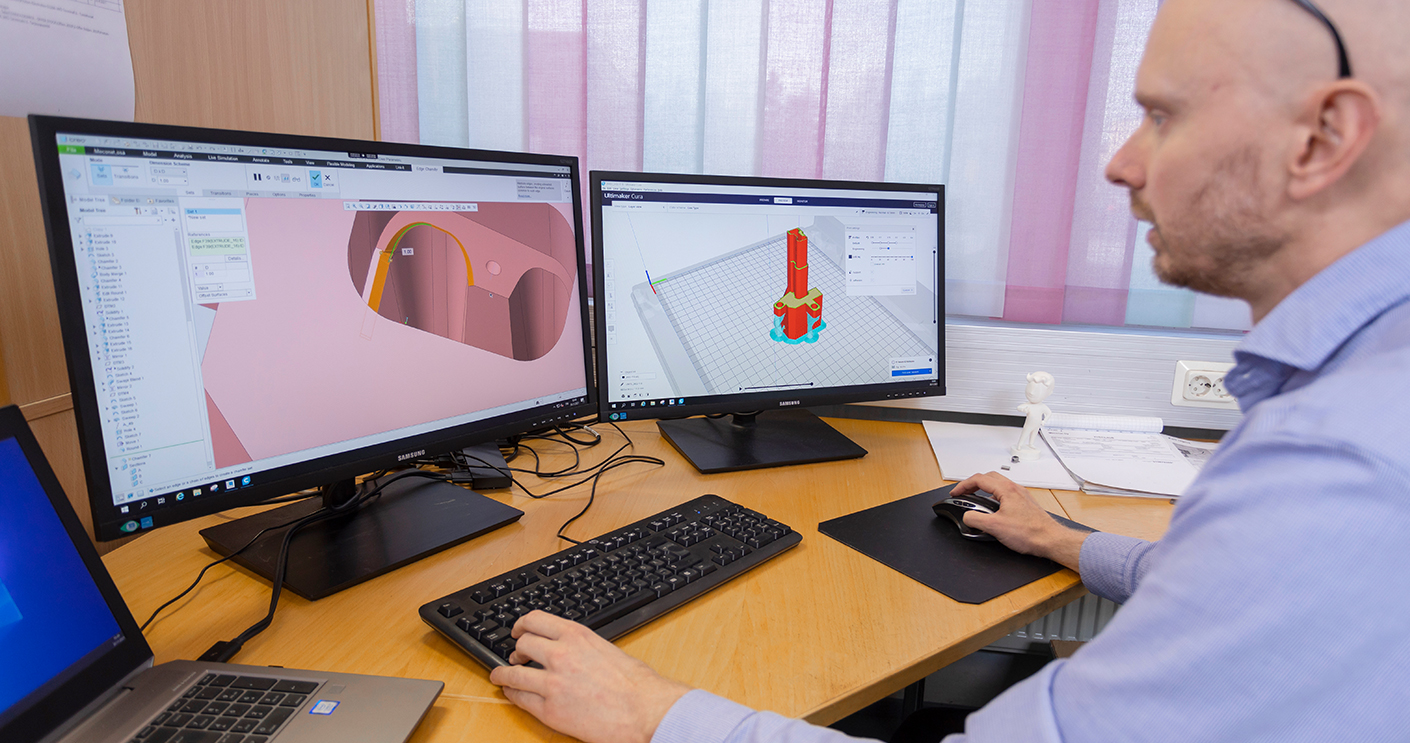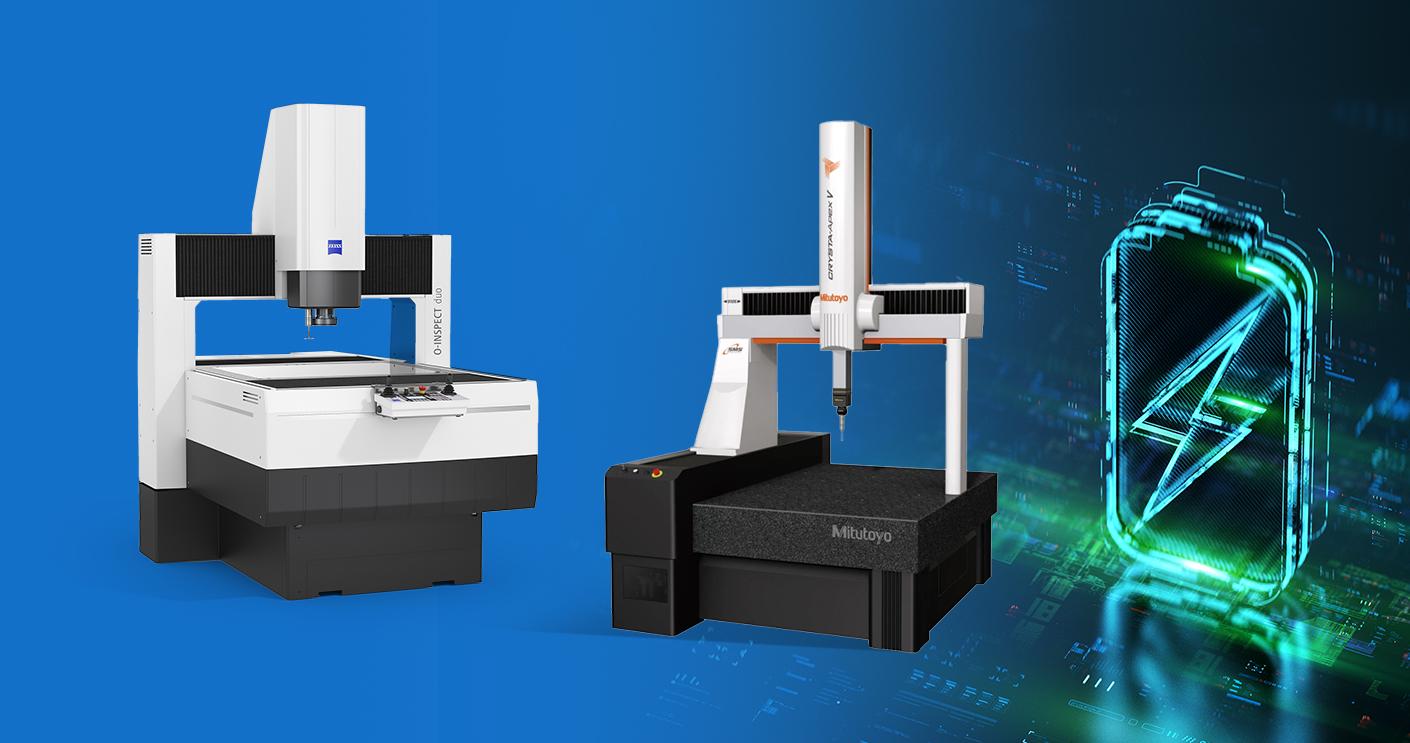Our business strategy is based on sustainable development. As regards our operations, the goal is to halve the carbon footprint by 2025 and achieve carbon neutrality by 2030 at the latest.
Offering our customers opportunities for reducing their carbon footprint is of equal importance. There are numerous ways to achieve this. The most important premise is that we are involved in the design of your products from the earliest possible stage. In such a case, we can also influence CO2 emissions to the most significant extent.
Savings occur in the design stage
We hope that our customers invite us to support their product design in the earliest possible stage. The more we can affect product design, material choices, manufacturing methods, packaging choices, and logistical solutions, the greater emission reductions can be achieved.
“We hope that our customers invite us to support their product design in the earliest possible stage.”
In the course of design, the shape of the product, for example, can be considered. If the shapes are optimal, the waste generated in the material cutting process can be minimised. The less material needs to be used, the lower the emissions resulting from manufacture. In the design, the durability and weight of the product can be simulated. With the right choice of materials and manufacturing techniques, sufficient structural strength can be achieved even when using relatively thin sheets.
Steel is the most significant factor influencing emissions
Most of our products are made of steel. In fact, metals make up 90-95% of our company’s carbon footprint. Therefore, the share of our own operations remains at about five percent. It goes without saying that significant changes can be achieved through choice of materials and optimisation of material use.
“We have developed for our customers a CO2 calculator that can be used to compare the impact of material use on total product-related emissions.”
Today, carbon-free steel is available from steel mills. Naturally, it is more expensive, but solutions in line with sustainable development are often of key importance to corporate strategies, which is why the use of carbon-free steel is becoming a reasonable choice for many.
We have developed for our customers a CO2 calculator that can be used to compare the impact of material choices on total product-related emissions. The counter takes into account all Scope 1–3 (direct and indirect) emissions.
Case: Almost 2,000 tons of CO2 emissions annually
The counter indicates in a concrete manner the significance of alternative material choices. A good example is one of our customers for whom we made numerous different components in 2023. In total, the production resulted in 1,980 tons of carbon dioxide emissions. The share of steel in this amounted to 1,931 tons. The importance of switching to carbon-neutral or partially recycled steel is huge.
Even for end users, responsible product manufacture could be more important than the price. This trend is unlikely to wane.
This is how to reduce CO2 emissions related to your products
- Design
When it comes to design, shapes that minimise the waste generated during the cutting process should be preferred. Efficient and accurate layout of parts on the sheet can significantly reduce waste. - Material choices
Choose materials with lesser environmental impact. This includes choosing carbon-neutral or recycled materials. Emissions during production and transportation can also be influenced by material choices. - Manufacturing processes
Choose energy-efficient manufacturing processes. Processes that require less energy or can be carried out at lower temperatures usually have a smaller carbon footprint. - Product lifecycle
In design, it is reasonable to consider the product’s durability and long service life. Products that last longer reduce the need for replacement. This allows reducing total material and energy consumption in the long run. - Recyclability
Make sure the product is easy to disassemble and recycle at the end of its service life. Disassembly-related design can improve the efficiency of recycling processes. - Transporting and packing
The carbon footprint of transportation can be reduced by designing products of compact dimensions or products that can be disassembled for transportation. Use environmentally friendly packaging materials and optimise packaging design to reduce waste.

Blog
Meconet: En route to carbon neutrality
Responsibility is pivotal for Meconet today and even more so in the future. We are pleased with that over the last three years the demand for responsible and ethical operation has grown significantly in the industry.
Read more
